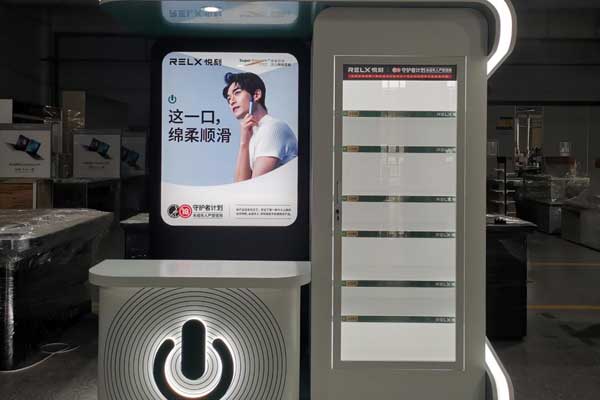The recent hot news in the e-cigarette market is not which company has developed a new product, but the new regulations released by the U.S. Food and Drug Administration (FDA) on May 5.
The FDA announced the implementation of new e-cigarette regulations in 2020, banning flavored e-cigarettes other than tobacco and menthol since January 2020, but did not regulate disposable e-cigarette flavors. In December 2022, the U.S. disposable e-cigarette market was dominated by other flavors such as fruit candy, accounting for 79.6%; tobacco-flavored and mint-flavored sales accounted for 4.3% and 3.6% respectively.
The long-awaited press conference ended in a controversial discussion. So what do the new regulations stipulate for e-cigarettes?
First, the FDA expanded the scope of federal regulatory agency powers to the field of e-cigarettes. Prior to this, the operations of e-cigarette companies were not subject to any federal regulations. Not only because the regulation of e-cigarettes is related to tobacco laws and medical and drug policies, but also because e-cigarettes have a short development history and are relatively novel. The public health implications of its use are still under review. Therefore, relevant laws and regulations have been in a state of gestation.
According to reports, the U.S. e-cigarette industry was valued at approximately US$3.7 billion last year. High industrial value means a large market and high profits, which also means that the consumer base is expanding rapidly. This fact has also objectively accelerated the setting of corresponding regulations for e-cigarettes.
Secondly, all e-cigarette products, from e-cigarette oil to vaporizers, must go through a traceable pre-market approval process. The new regulations also shorten the forecast time compliance unit product fulfillment grace time from the original estimate of 5,000 hours to 1,713 hours.
Cynthia Cabrera, executive director of the Smoke-Free Alternatives Trade Association (SFATA), said that as a result, companies must provide a list of ingredients for each product, as well as the results of extensive research on the public health effects of the product, unit product It would cost at least $2 million to meet this requirement.


This regulation is a very onerous task for e-cigarette and e-liquid manufacturers. Not only are there many types of products, they are updated quickly, and the approval cycle is long, but the entire process consumes too much money. Some small companies will eventually be driven out of the business circle due to cumbersome procedures and when profits weaken or even fail to make ends meet.
With the rapid development of the e-cigarette industry, overseas trade volume is increasing year by year. However, according to the new regulations, if products arriving in the U.S. market have to go through such a cumbersome approval process, it will inevitably affect the strategic development of some e-cigarette companies in the U.S. market.
The new regulations also prohibit the sale of e-cigarettes to Americans under the age of 18. In fact, regardless of whether there are explicit regulations, e-cigarette merchants should not sell e-cigarettes to minors. It’s just that after the regulations are issued, it will bring about a rethinking of the impact of e-cigarettes on public health.
The principle of electronic cigarettes is to heat a liquid mixed with nicotine to vaporize it into steam. Therefore, only some and trace amounts of more than 60 carcinogens found in ordinary cigarette smoke remain in the steam, and no harmful second-hand smoke is produced. A recent report released by the Royal College of Physicians of the United Kingdom stated that e-cigarettes are 95% safer than ordinary cigarettes. “Having non-tobacco products that deliver nicotine in a relatively safe way” could cut nicotine consumption in half,” he said. “That might rise to the level of a public health miracle in terms of the number of lives saved.” These regulations would put an end to this miracle. "
However, critics such as Stanton Glantz, a professor of medicine at the University of San Francisco, say that although e-cigarettes are safer than ordinary cigarettes that need to be lit, the particles in the vapor of e-cigarettes may harm the hearts of people who smoke e-cigarettes.
As an alternative cigarette product, e-cigarettes are developing rapidly and it is inevitable to attract public attention. Various regulations are still in the drafting stage, but in the future, the e-cigarette industry will inevitably be subject to more and more supervision by governments of various countries. Reasonable supervision is conducive to the healthy and orderly development of the industry. Therefore, as a practitioner, it is wise to improve the quality of products and build brand value as soon as possible.
Share some solutions for electronic cigarette display racks:


Post time: Oct-25-2023






